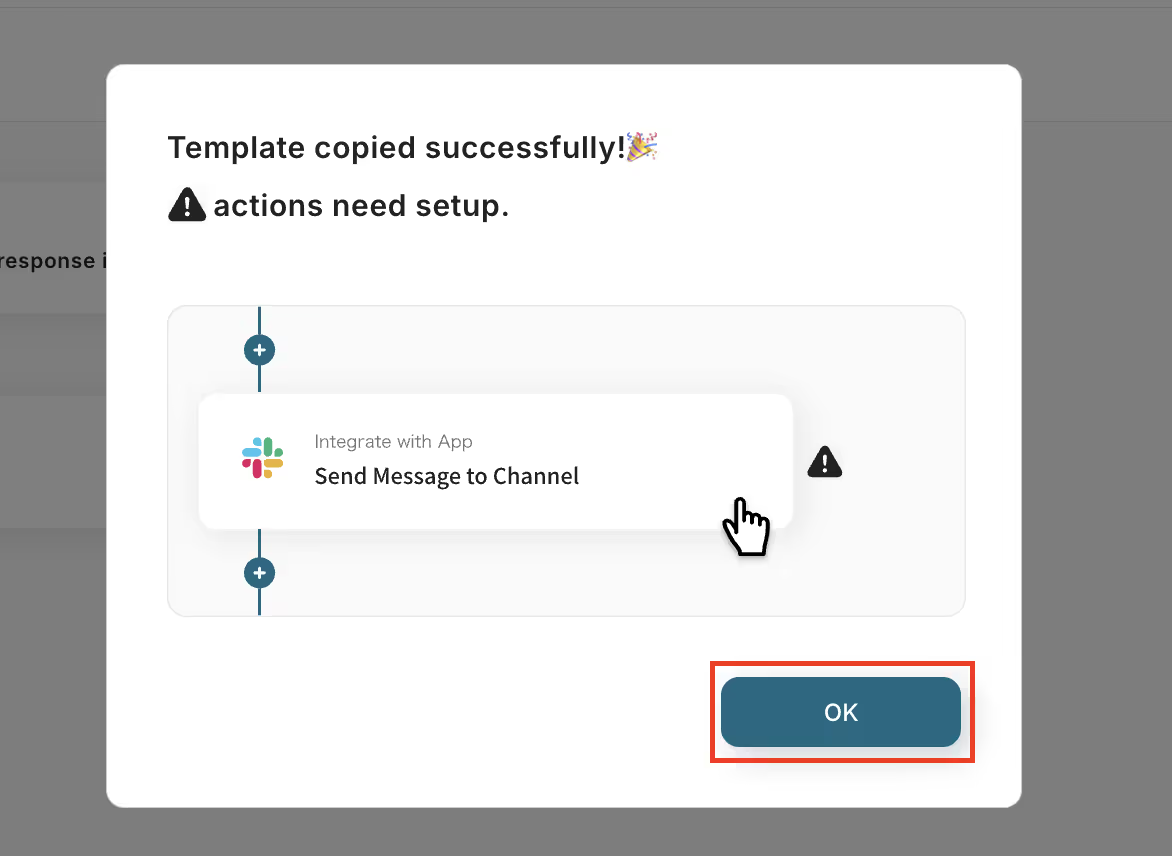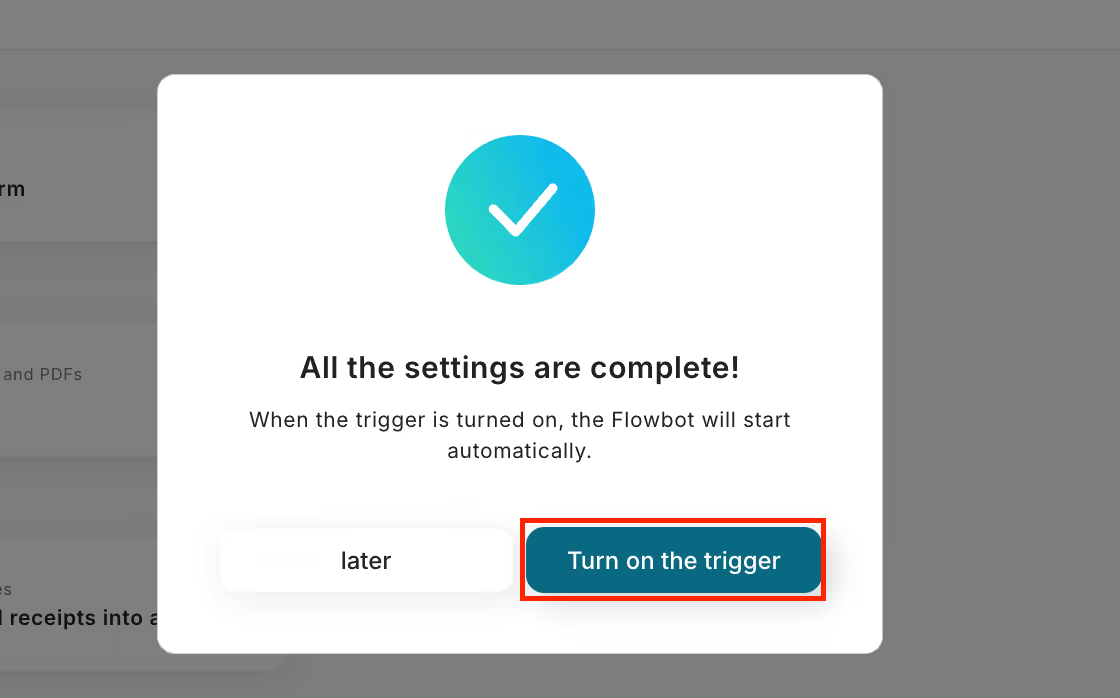[About Yoom]
How to Create an Integration Flow between Confluence and Microsoft Teams
By receiving page creation in Confluence via API and notifying through Microsoft Teams API, automation can be achieved.
Generally, programming knowledge is required to achieve this, but with the no-code tool Yoom, it can be easily accomplished without programming knowledge.
The integration flow is broadly created through the following processes:
- Register Confluence and Microsoft Teams as My Apps
- Copy the template
- Set the trigger in Confluence that initiates the flow and configure the subsequent operations in Microsoft Teams
- Turn on the trigger button and verify the integration operation between Confluence and Microsoft Teams
If you are not using Yoom, please register for free here.
If you are already using Yoom, please log in.
Step 1: Register Confluence and Microsoft Teams as My Apps
Let's register Confluence and Microsoft Teams as My Apps to connect them to Yoom.
Pre-registering as My Apps makes automation settings easier.
First, register Confluence as My App.
Click "My Apps" → "+ Add" on the left side of the Yoom screen.
Search for Confluence from the app list or search by "App Name".

When the following screen appears, click "Accept" at the bottom right.

Next, register Microsoft Teams as My App.
Similarly, search for Microsoft Teams by "App Name" or find it from the list.
When the following screen appears, sign in to Microsoft Teams.
If Confluence and Microsoft Teams are displayed in My Apps, registration is complete.
Step 2: Copy the Template
To set up automation, click "Try it" on the banner below.














.avif)















.avif)
.avif)
.avif)
.avif)





